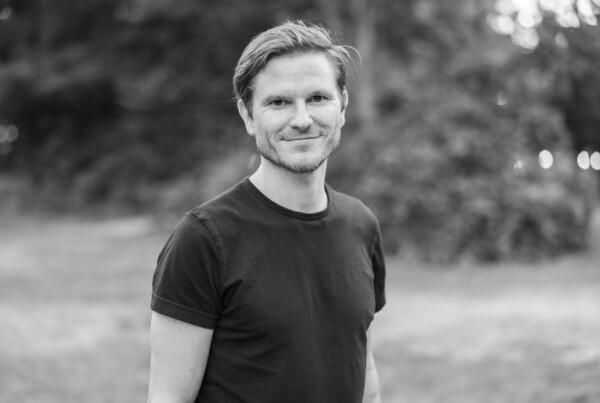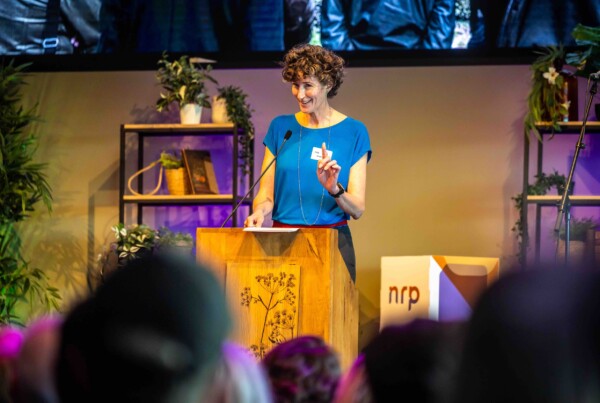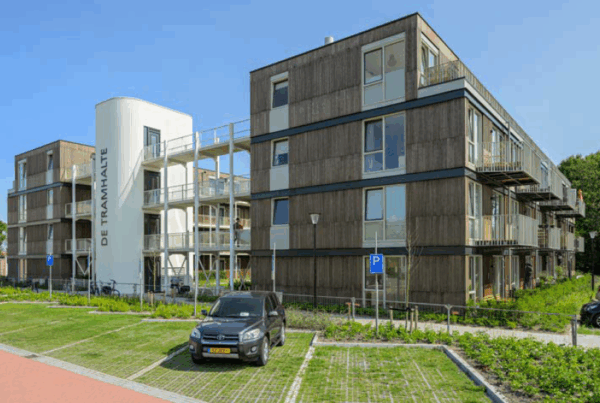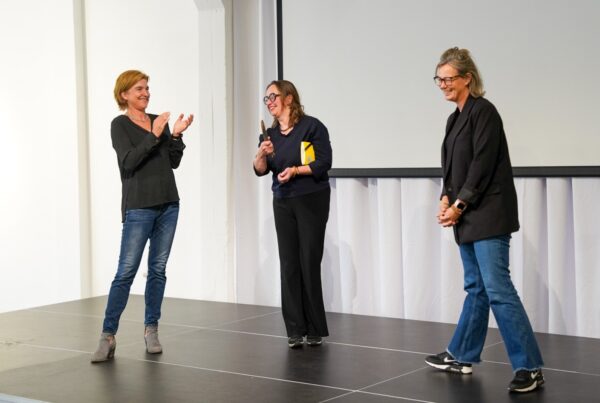Marian Stuiver advocates that nature inclusive thinking in urban development is crucial for all humans and non-humans, for health wellbeing, for climate adaptation and biodiversity. Marian is one of the experts at the panel conversation during the make NATURE happen // BNA Inspiration night at 23th June at the New OMNIA building at the WUR Wageningen. Next to Marina, landscape architect Femke Peters (Karres en Brands) and Gijs Meijer, ecologist at Sweco will explore the do’s and don’ts of nature inclusive design ans share their ideas how and with who one facilitates a collaboration.
How do you see the role and added value of the architect in nature inclusive design?
Architects can create wellbeing in cities with an inclusive approach to design that embraces humans as well as nonhumans: In the coming years, it is essential for landscape and urban designers, as well as architects to orchestrate inclusive planning and design processes which acknowledge human needs and dignity, explore ideas, foster participation in shared decision-making and result in healthy environments that enhance well-being and access for all individuals.
Where do you see the tipping points to bring about change?
These will potentially influence people:
• Shocks in the urban environment (deltas and rivers)
• Heat stress and bush fires also close to cities and tourist destinations
These have to become more in the open as they are dramatic:
• Climate injustice among groups globally but also close by
• Migration due to disasters and shocks
• The absolute decline in animals, insects for instance
Marian Stuiver holds her PhD in the social sciences and is currently head of the Program Green Cities at WUR. Her new book the Symbiotic City , dives into different voices of nature and how they can enforce nature based urban transformations.



